If you think hip mobility is only important when you’re doing Zumba, think again! The muscles around our hips are the basis for most of our entire body’s mobility.
Without proper hip agility, we tend to fall into poor movement patterns during our daily lives. Lack of hip mobility means that the body must find a different way to move.
Unfortunately, this means that the low back or the knees end up doing more of the work. Furthermore, because the latissimus dorsi muscle attaches at both the pelvis and the upper arm, hip mobility problems can affect even the shoulder!
Suffering from a sore neck, back and shoulders? Get our mobility guide to ease pain and soreness.
Get The FREE Mobility Guide To Fix Your Pain Today!
There are many reasons why our hips get stiff. Most of these reasons are due to what we do on a daily basis. Many of us sit for hours on end working and driving, putting our hips in a flexed position. Over time, this forces our TFL and hip flexor muscles to shorten and overwork.
On top of sitting constantly, we go and work out in that stiff position. For those of us that spin, we are continuing the cycle of excessive hip flexion.
As a result of sitting and working out in a stiff, dysfunctional pattern, we end up finding ways to compensate. We are unable to recruit our glute muscles properly and rely on our knees and low back for stability. All of this happens due to stiffness of the hips.
Here are 11 mobility exercises to help you break up that cycle and move more freely!
1. Glute/Piriformis Foam Roller
If you’ve ever crossed your legs sitting and noticed you couldn’t do it very easily, this is the exercise for you. Sit on a foam roller and cross your leg as comfortably as you can. Lean your body to the side you are crossing. You should feel a tender spot.
Hold for 2 sets of 60 seconds.
2. Hip Flexor Stretch
Our hips tend to tilt forward when they get stiff with all the sitting we do. Lack of hip extension (leg moving backwards) is often due to stiffness of the hip flexors. Additionally, without proper mobility of the hip flexors, when we need to move into hip extension, our lumbar spines compensate.
The excessive lumbar extension can cause increased compression of the lumbar spine, which can lead to low back pain. Finally, loss of hip flexor mobility can inhibit glutes from fully firing.
Get into a half kneeling position. Tighten your core muscles to avoid arching your low back. Lean forward at your hips and you will feel a stretch across the front of your hip. To increase the intensity, tighten your glute muscle during the stretch. The back leg is the hip you are stretching.
Hold for 2 sets of 60 seconds.
3. Hamstring Stretch (Sagittal Plane)
The hamstring muscles are two joint muscles, meaning that they attach at two different joints. In the hamstrings case, they attach at the hip and the knee.
Therefore, hamstrings have a direct correlation to the hips. While hamstring stiffness can be contributed to stiff hip flexors, sometimes hamstrings are the primary culprit.
To stretch the hamstrings in the sagittal plane, prop your leg up on a bench or chair. Lean forward slightly to feel a stretch in your hamstrings. Be sure to keep your core engaged.
Hold for 2 sets of 60 seconds.
4. Hamstring Stretch (Transverse Plane)
It is important to make sure you respect other planes of motion. We don’t just move in a straight line all day long. We often rotate. Stretching your hamstrings in both the sagittal plane and transverse plane will ensure you are mobile in flexion/extension and rotation.
Set up in the hamstring stretch position. After leaning forward slightly and keeping your core engaged, twist slightly at your hips. You will feel the hamstring stretch in a different part of the hamstring.
Hold for 2 sets of 60 seconds.
5 & 6. Hip Adductor Stretches
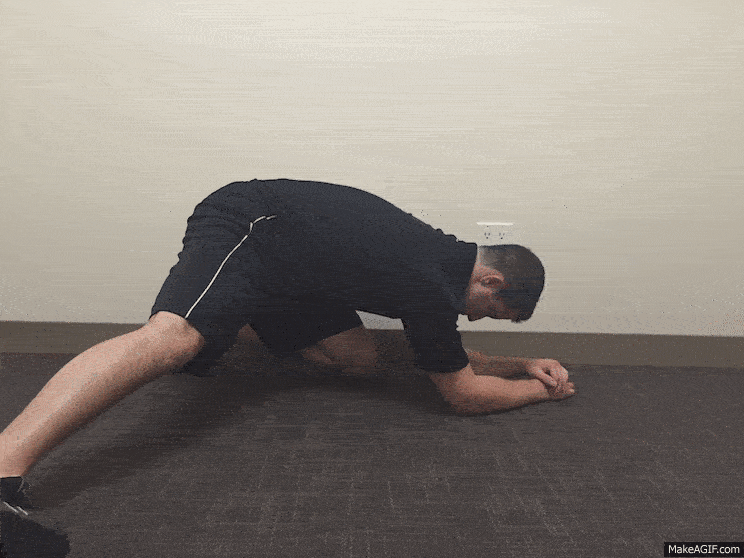
To open up the hip adductors, get into a position on your hands and knees. Extend one of your legs out to the side. Push your hips backwards towards your heels to stretch the hip adductors in a hip flexed position.
To stretch them in a hip extended position, simply lean forward towards your shoulders.
7. Leg Swings
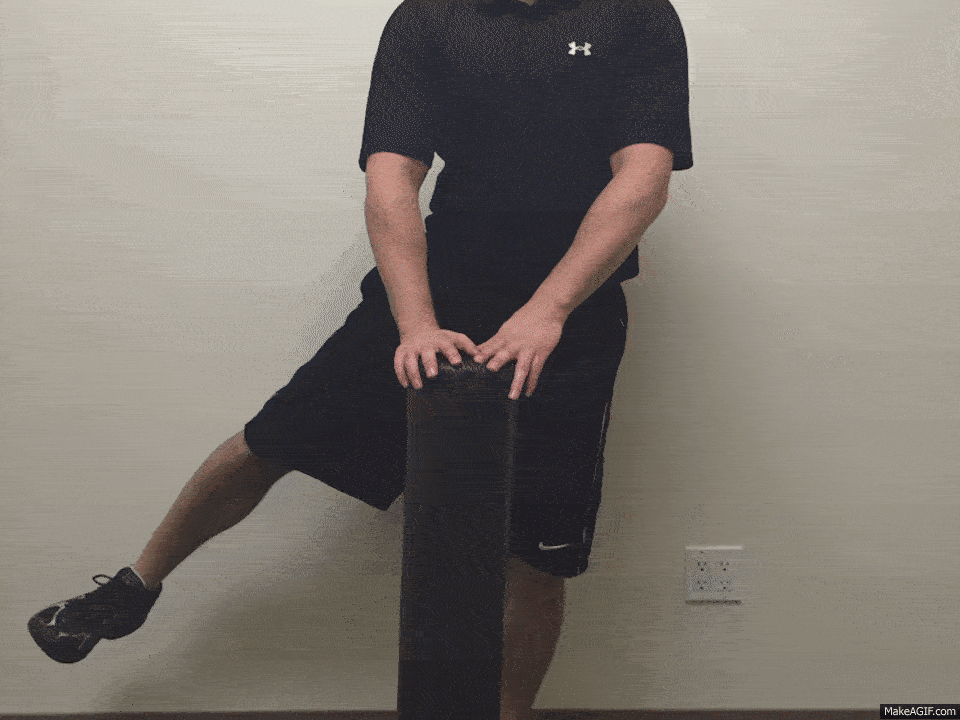
Hold onto a counter or chair for balance. Keeping your feet forward, swing your leg nice and easy back and forth across your body.
Perform 2 sets of 10-15 leg swings.
8. Cat/Camel
The cat camel exercise is a commonly used exercise that can be great for keeping good lumbar spine and hip mobility. To perform this exercise, get into a position on the hands and knees. First arch your back up towards the ceiling and inhale. Next, exhale and engage your core with slight neck extension.
Perform 1-2 sets of 10-15 reps.
9. Posterior Hip Mobilization
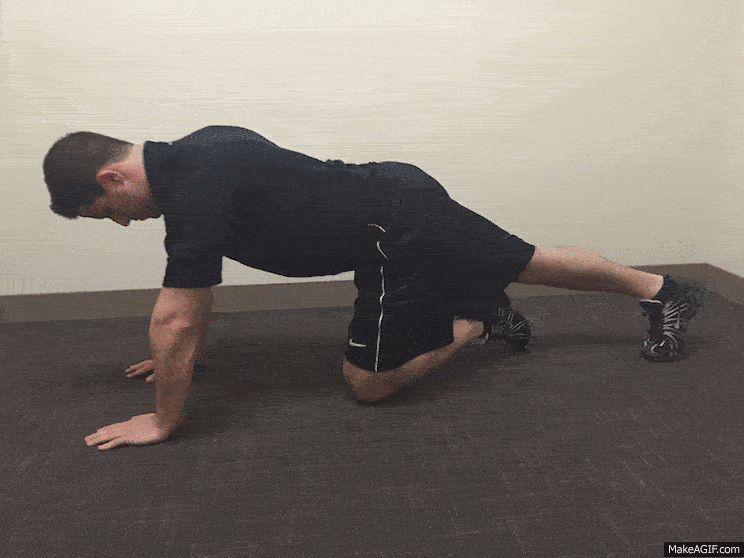
To perform this exercise, get into a hands and knees position. Cross your leg inside your body comfortably. Lean your hips backwards and towards the leg that is extended. Repeat back and forth. You will feel a slight stretching feeling.
Perform 1-2 sets of 10-15 reps.
10. TFL Ball Rollout
To find your TFL (tensor fasciae latae), lay on your back and put your hand just below your hip bone and rotate your leg in and out. The muscle that you feel moving right under your hand when your leg/foot is rotated inward is your TFL.
Hold for 2 sets of 60 seconds.
11. Supine Hip Rotation
Similar to leg swings, working on joint mobility can be very important to overall hip health. Working on hip internal and external rotation can help improve your hip mobility.
To perform this exercise, lie down with your knees bent. Bring your feet apart and allow your knees to fall in and out. Be sure to move from the hip and not drive from the knees.
Perform 2 sets of 10-15 reps.
Hip mobility is crucial to our overall movement. Lack of it can affect our low backs, knees, and shoulders. Try these 11 moves for improved hip mobility.
Watch the Video Below!
(Your Next Workout: 8 Yoga Hip Stretches That Feel Amazing)


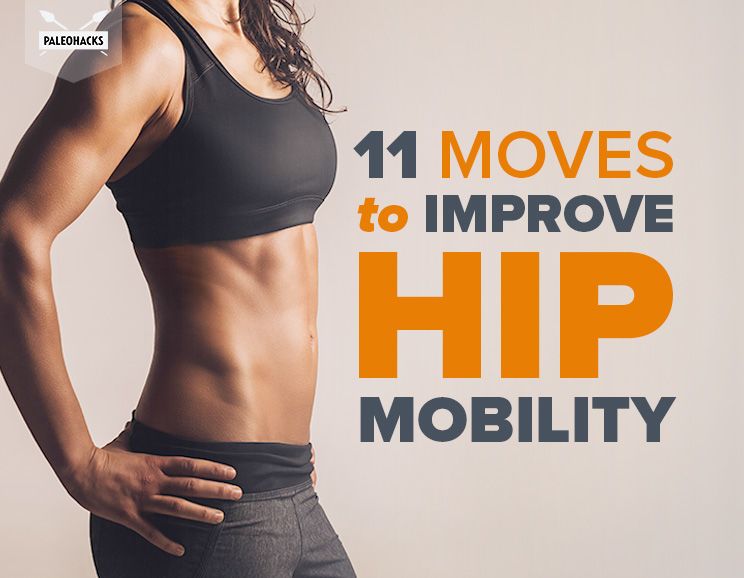
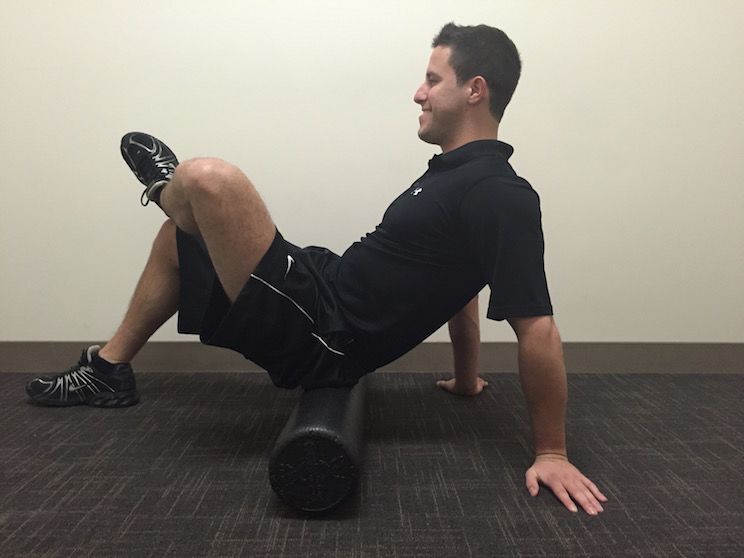
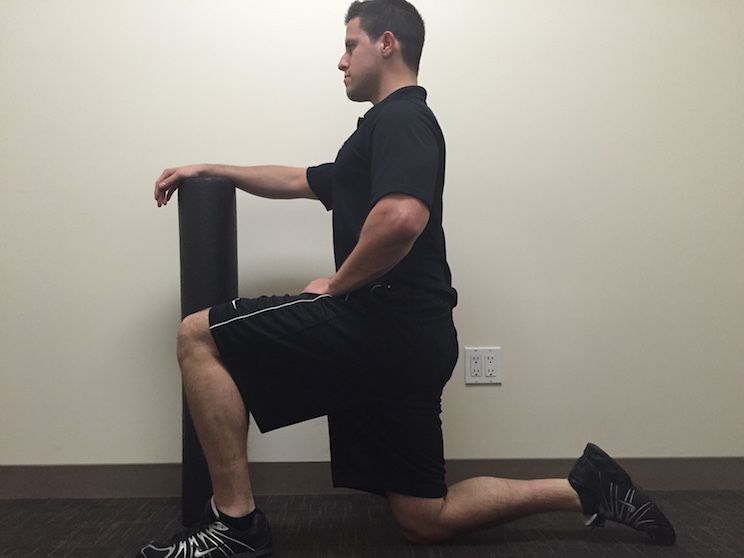
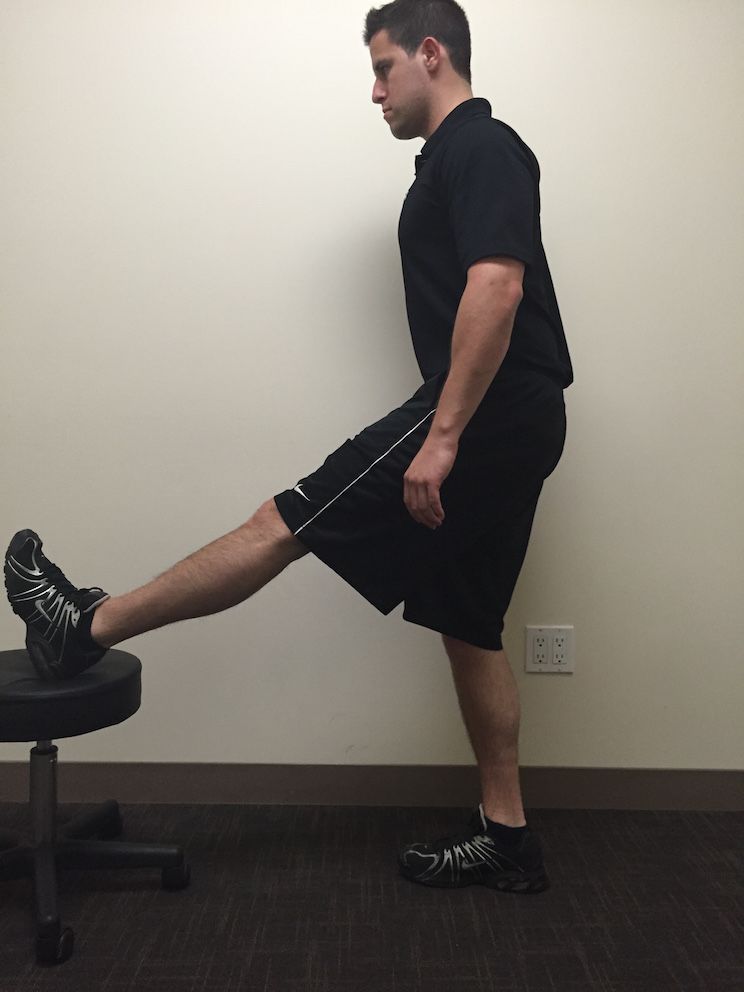
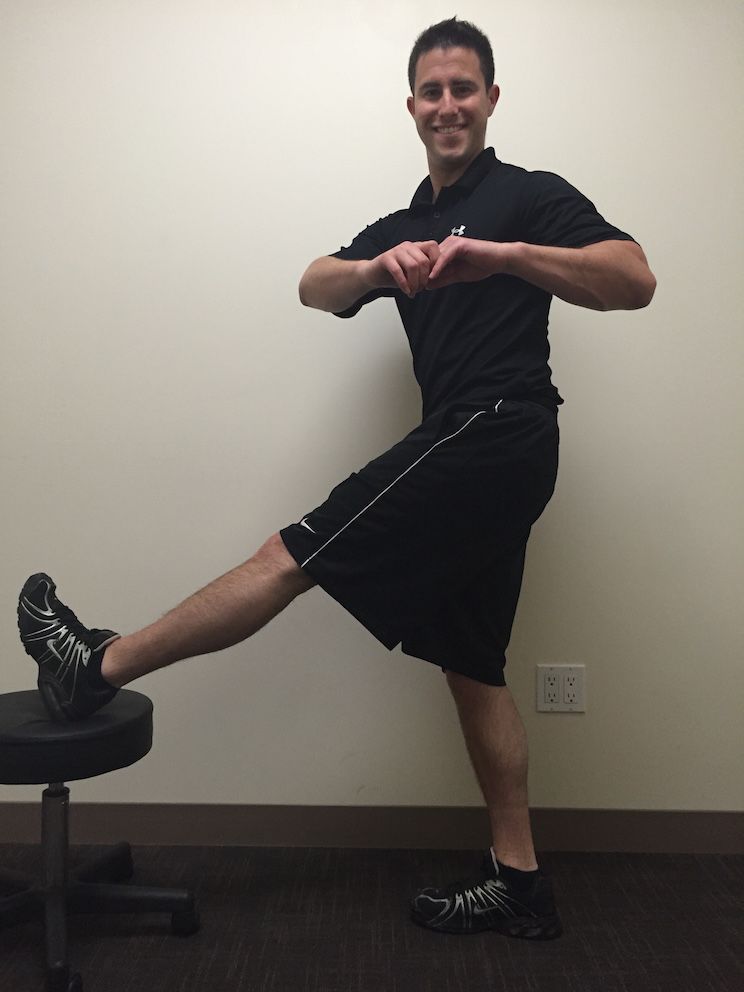
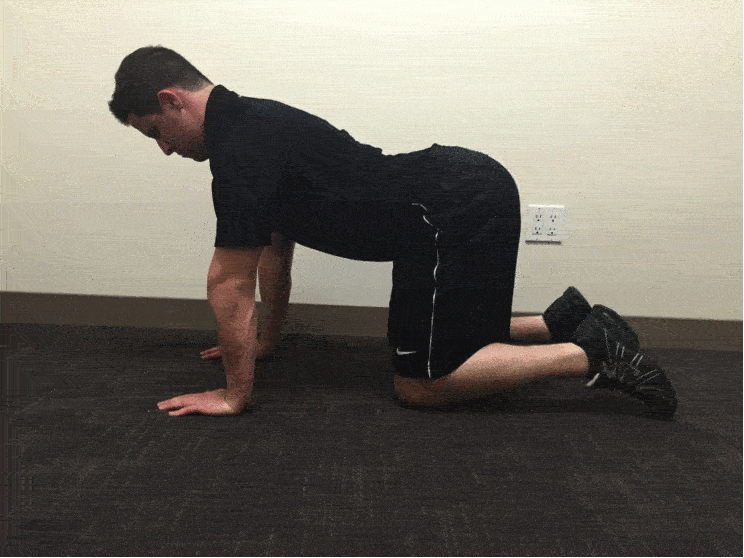
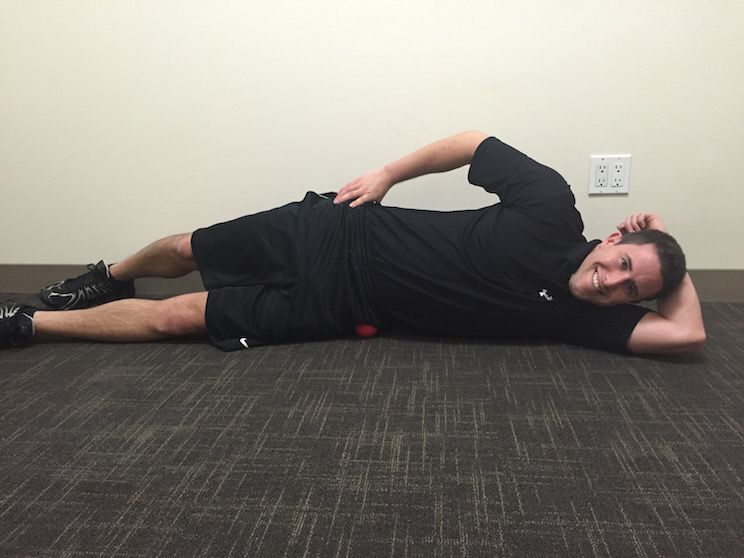
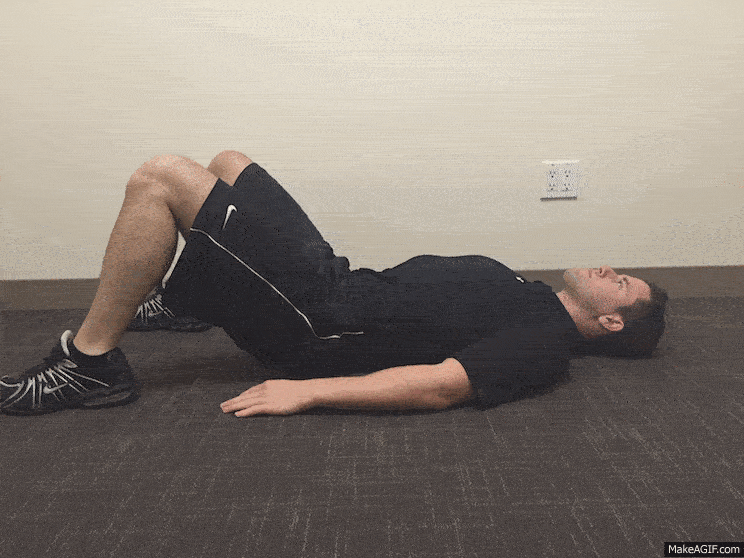

 Key Lime Cheesecake Bites
Key Lime Cheesecake Bites
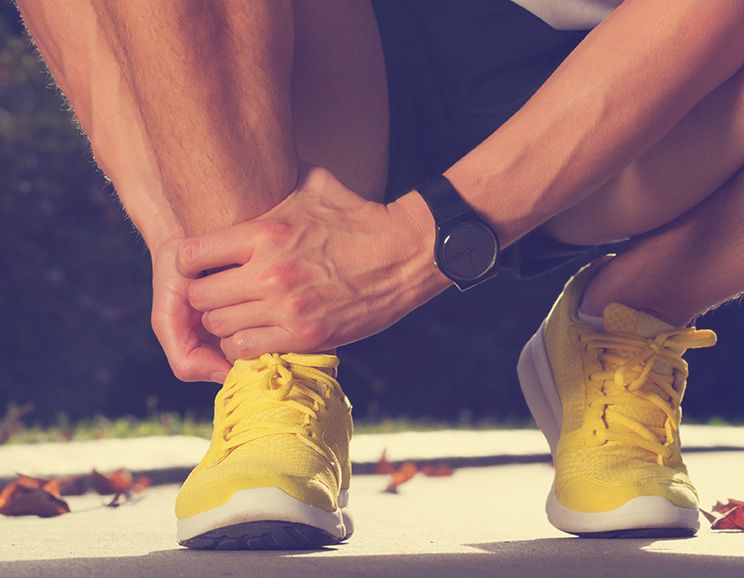
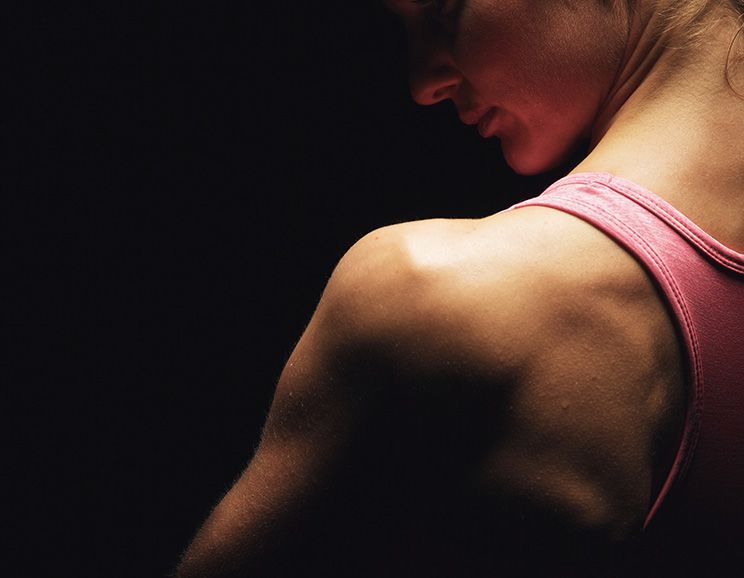
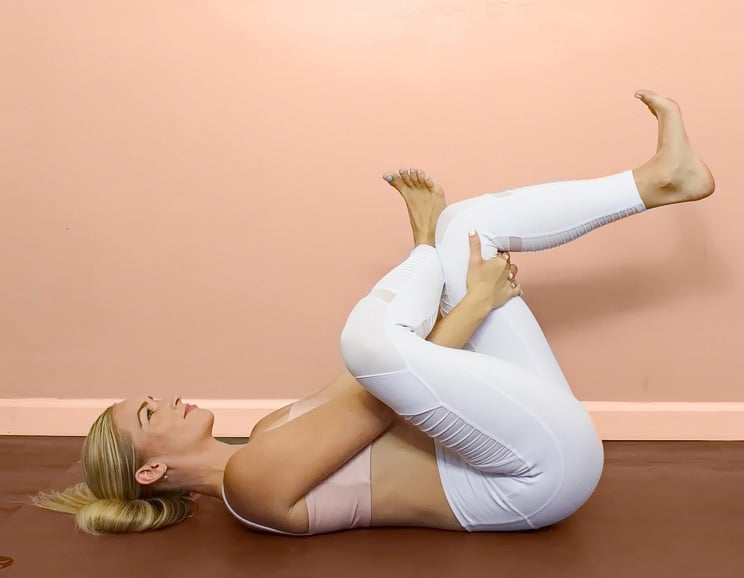

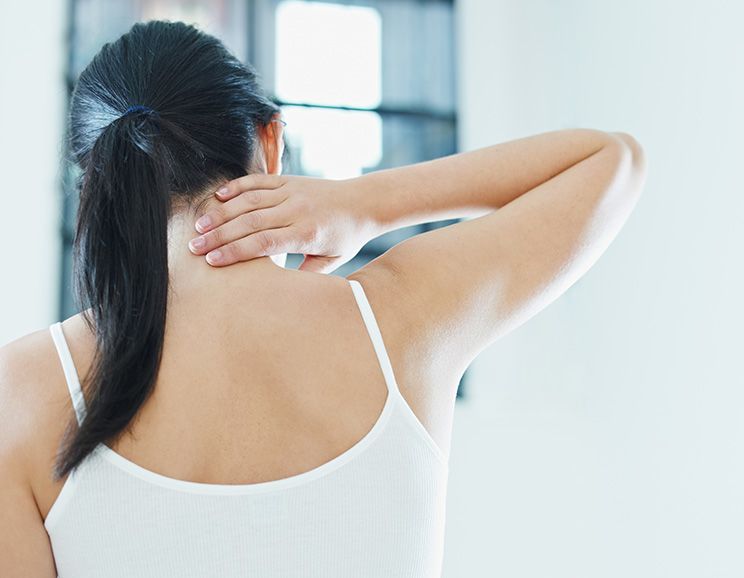
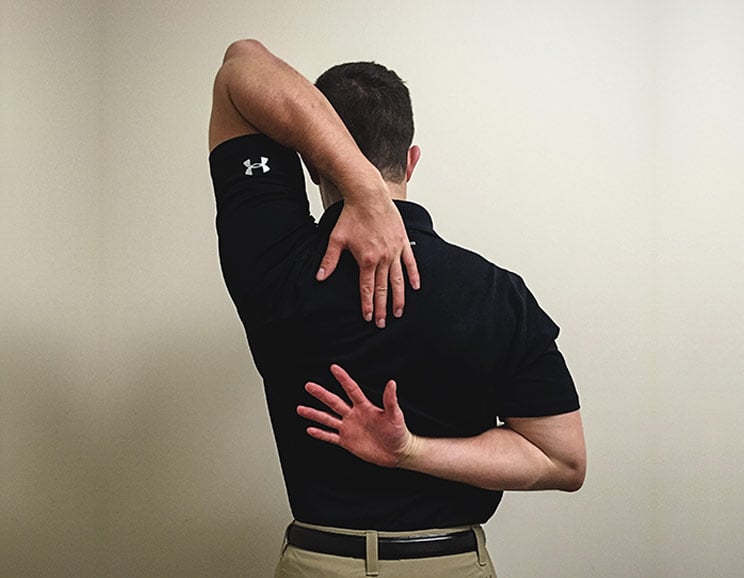
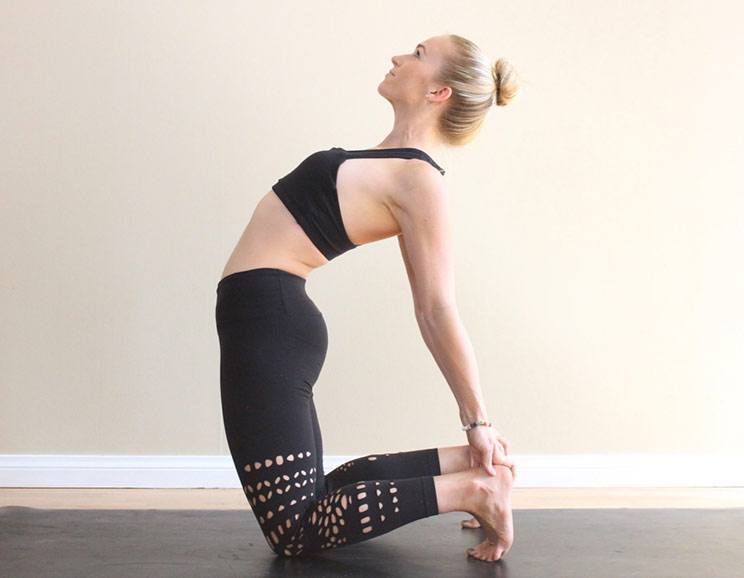
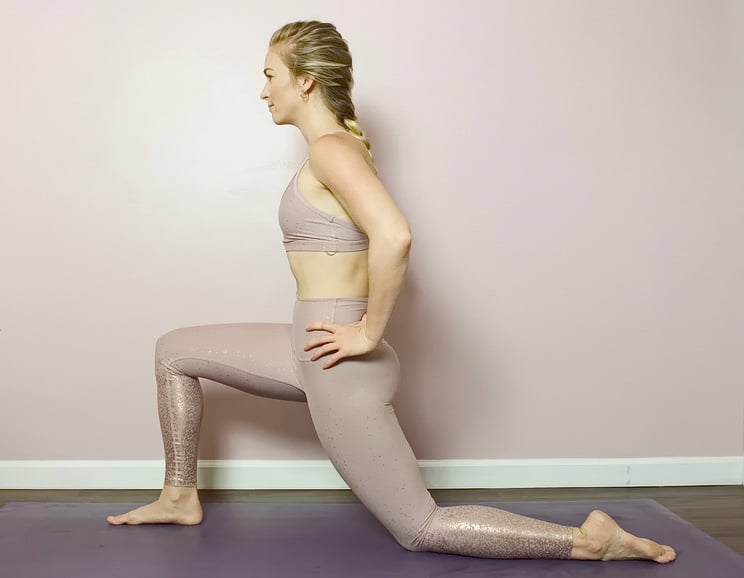
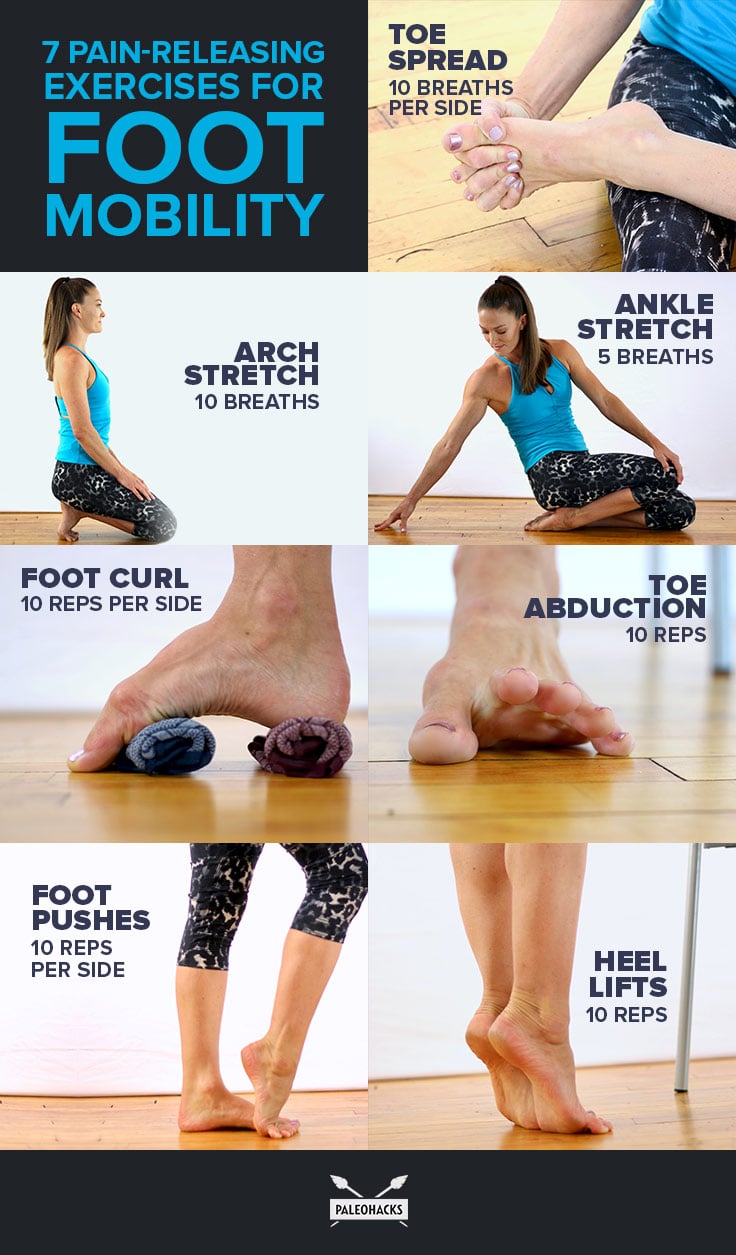
Show Comments